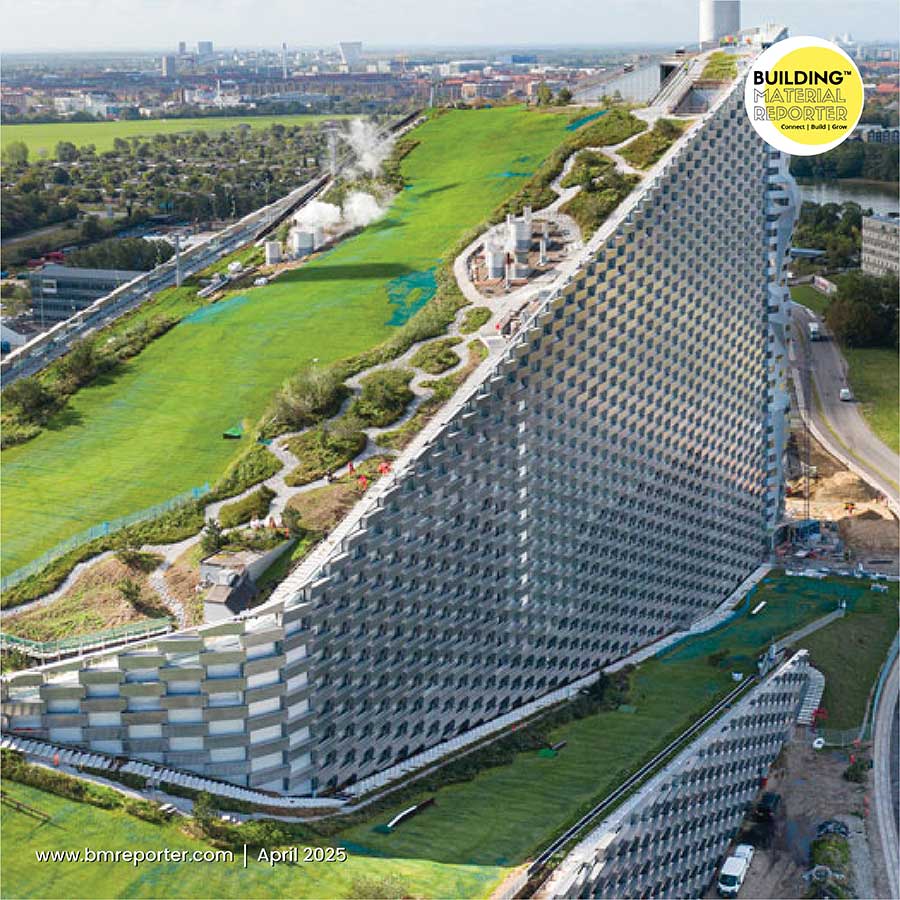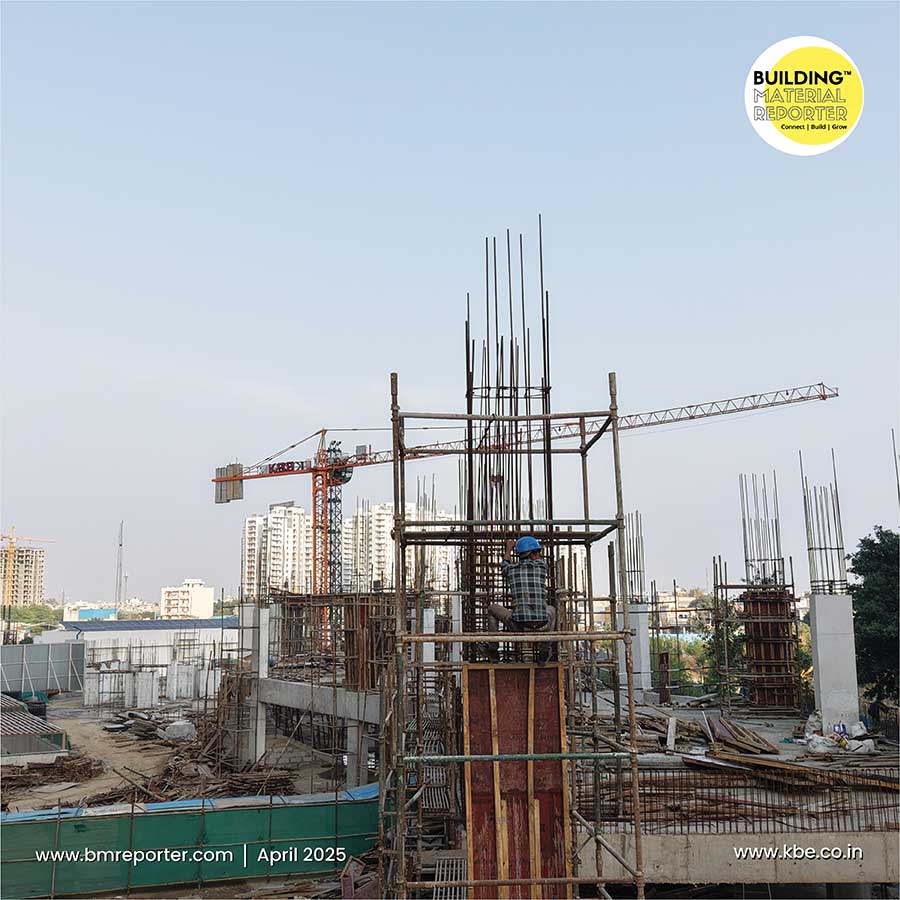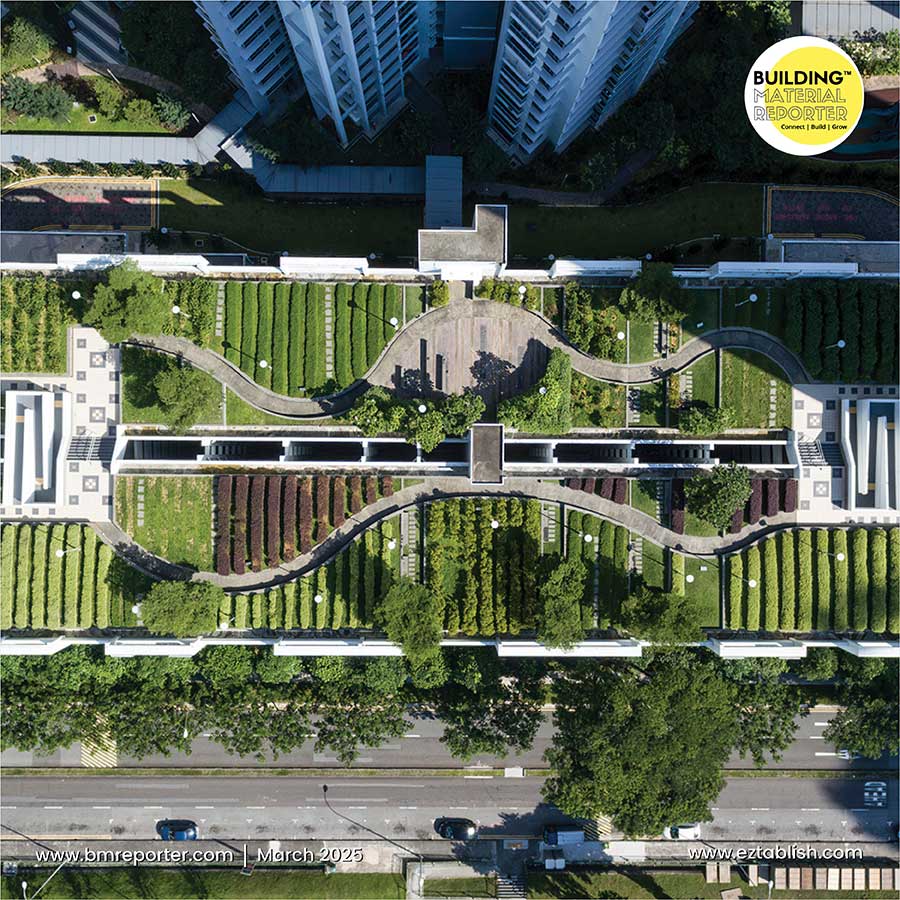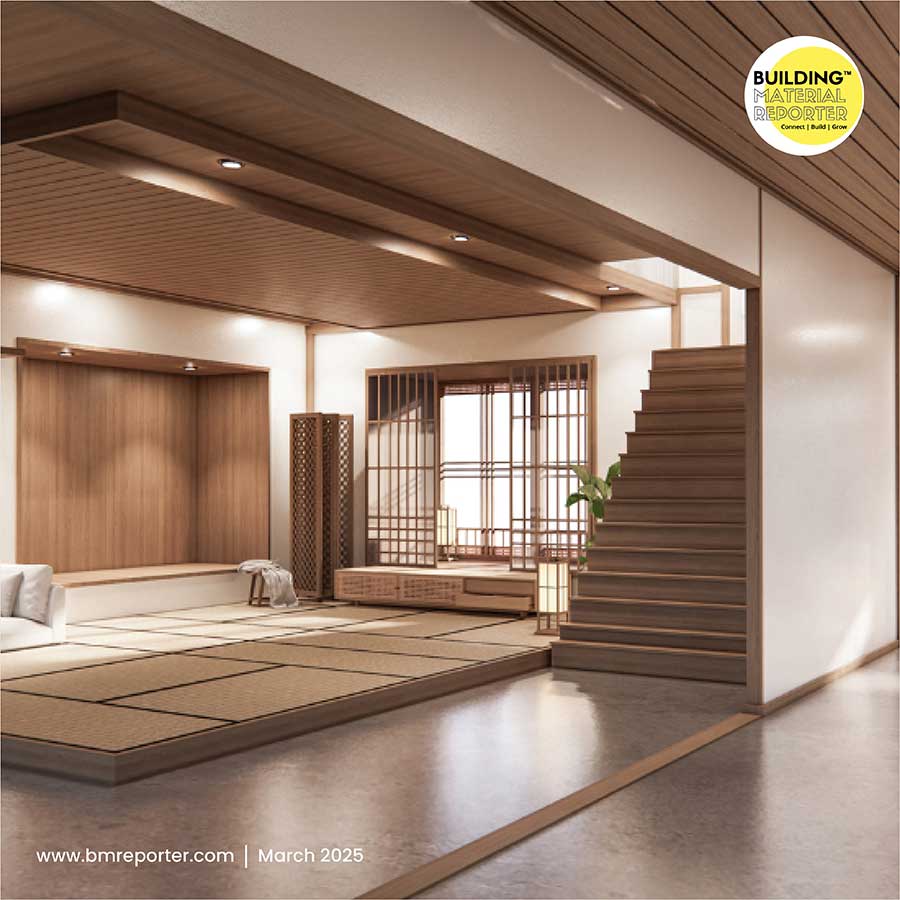The Next Wave Of Innovation In Terminal Buildings
- November 8, 2024
- By: Yukti Kasera
- INFLUENCERS
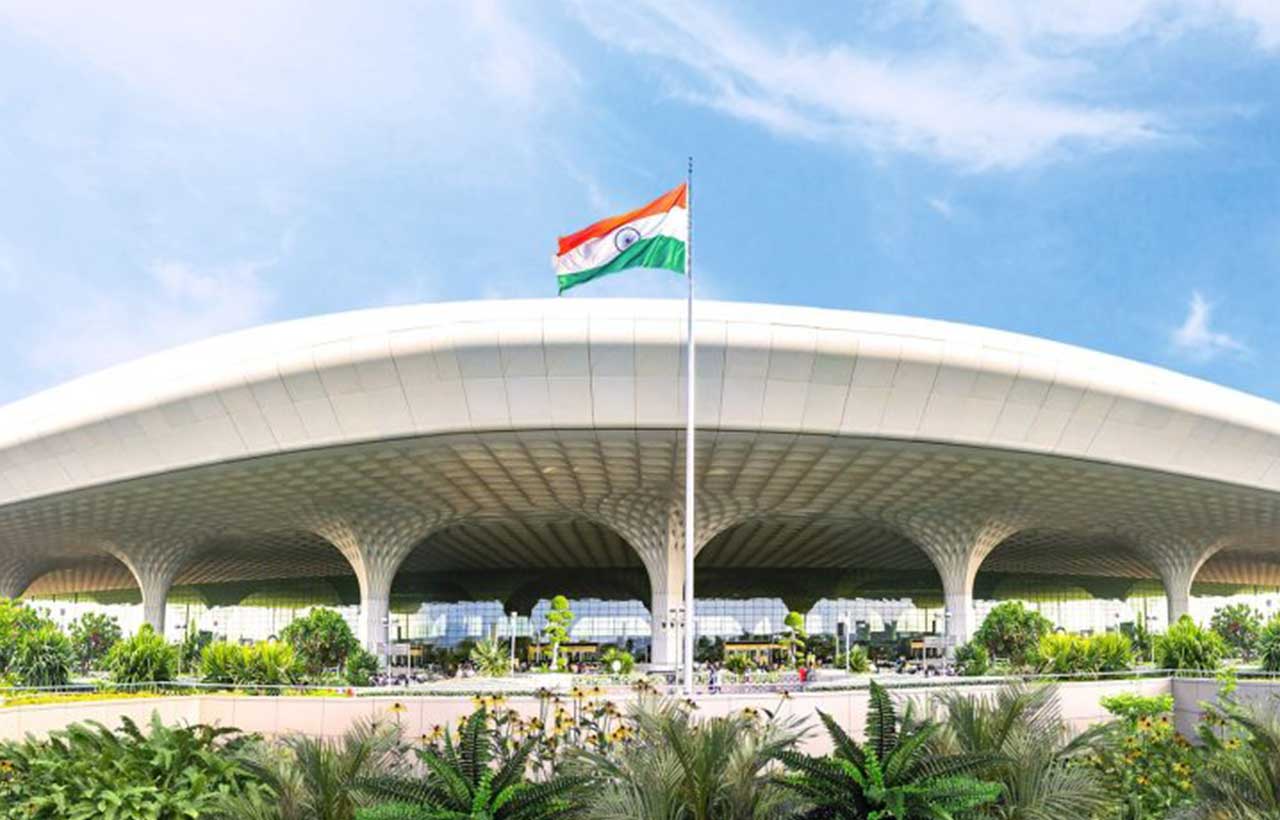 Traveling has now become lavish and especially when it is through air. People traveling are really fascinated by the terminal buildings which are no more just a building. But let’s understand what terminal buildings are? A terminal building is a part of the airport which involves passenger traffic, whether coming or going. It’s a kind of hub which offers a lot of services, facilities and lounges related to traveling through air. Here in this research article by Building Material Reporter, let’s understand the terminal buildings more deeply.
Traveling has now become lavish and especially when it is through air. People traveling are really fascinated by the terminal buildings which are no more just a building. But let’s understand what terminal buildings are? A terminal building is a part of the airport which involves passenger traffic, whether coming or going. It’s a kind of hub which offers a lot of services, facilities and lounges related to traveling through air. Here in this research article by Building Material Reporter, let’s understand the terminal buildings more deeply.
Introduction to Terminal Buildings
Terminal buildings in the airports are architectural marvels which are designed to cater to all the requirements of the passengers and satisfy the traveling needs. These terminal buildings represent the beauty of the country. The level of service, design ethics and elements which they are following are some crucial considerations which need to be kept in mind. Earlier the buildings were just merely constructed for formality purposes. But now it is more than just a building. The design perspective has changed along with the other requirements. Here in this article, let’s discover the aspect of terminal buildings in a better way.
Definition and Key Features: Airport Terminal buildings are multifaceted architectural designs that are backed by functionality, safety, security and efficiency. These are public spaces which are aesthetically designed to ensure that the traveling is made memorable, safe and easy. One of the key features of these buildings is that they are designed to accommodate a large number of people. Another important feature is that they are designed to provide a pleasant experience to all the passengers. Also, they must be responsive in terms of natural disasters. LED lighting trends have also made the facades and interiors look well lit with other amenities easily being accessible.
Historical Evolution and Milestones: Earlier, the terminal buildings were more about necessity. It was majorly after World War II that traveling was made a bit easier. Paris, London, Berlin etc. has sim=ngle terminal buildings which were made to walk in straight and move directly to the airstrip. But later with time much more facilities were added and initiated.
As the demand for passenger flights increased post 1940’s, most of the terminals were designed simply by keeping in mind the decor style of that place. Later on by 1970’s much of modern and contemporary styles were integrated which were seen up to 2000’s. The concepts were driven by modern materials and focussed more on functionality.
Architectural Marvels
The well lit facades and interiors, signages, symmetrical corridors and high ceilings- airport terminals are just spectacular. In most of the cities all around the world, old terminals are no longer operating. All of them are upgrading as per the modern reforms in architecture and design. Kansai International Airport on the artificial island in Japan’s Osaka Bay became the world’s first ocean airport in 1994. It has 82,000 curved steel panels and wave-like roofing. The entire building is lightweight so that it can withstand earthquakes.
Another is the Marrakech Menara Airport which is another architectural marvel to be discussed. The structure protects the beating heat of the desert. The entire building is an example of the modern architecture which represents art and patterns. We can’t stop here before mentioning the Samui Airport, Thailand. Opened in 1989, it is located in the Gulf of Thailand. This terminal was built by locally available materials such as rattan and wood and it looks absolutely stunning.
Innovative Design Trends: The design trends in the airport terminal building have changed significantly. With the increased airport travel, travelers nowadays do not want to get bored in the airport. They don’t want to encounter the other travelers. Thus, the terminal design has become innovative in terms of accommodation which can seamlessly take up a lot of people from all around the globe.
Another design trend is that the terminal is now more than an experience now. People want an enriching experience with improved safety and smart design ethos. Apart from the lounges that the terminals offer, people should have the chance to relax and chill inside the terminal itself.
Also, most of the airports are going sustainable. The design trends are now becoming eco-friendly with more and more innovative materials being used for construction.
Iconic Terminal Buildings Worldwide: The millennials are fortunate to have some amazing and iconic airports all around the world. The first one that comes to mind is the Beijing Daxing International Airport located in Beijing, China. Designed by Zaha Hadid Architects, this marvel was inspired by the Chinese Architecture and can accommodate around 45 million passengers currently.
The Madrid-Barajas Airport in Madrid, Spain is the second largest airport in Europe. This airport follows sustainable ethics and has a car park building which are connected by pathways to the terminal. Another one in this regard is India’s Chhatrapati Shivaji International Airport located in Mumbai. The Terminal 2 of the Airport is designed by the well known architectural firm SOM. The designs of the building are derived from the traditional architectural aesthetics. It's the best culmination of modern as well as traditional aspects.
Yet another one designed by SOM is the Terminal 2 of Kempegowda International Airport located in Bengaluru. This terminal design reflects the real beauty of the ‘Garden City’. The terminal design has a nature-inspired aura with indoor landscaping and use of natural elements. Bamboo ceilings with terrazzo designs together are perfect examples of visual retreat.
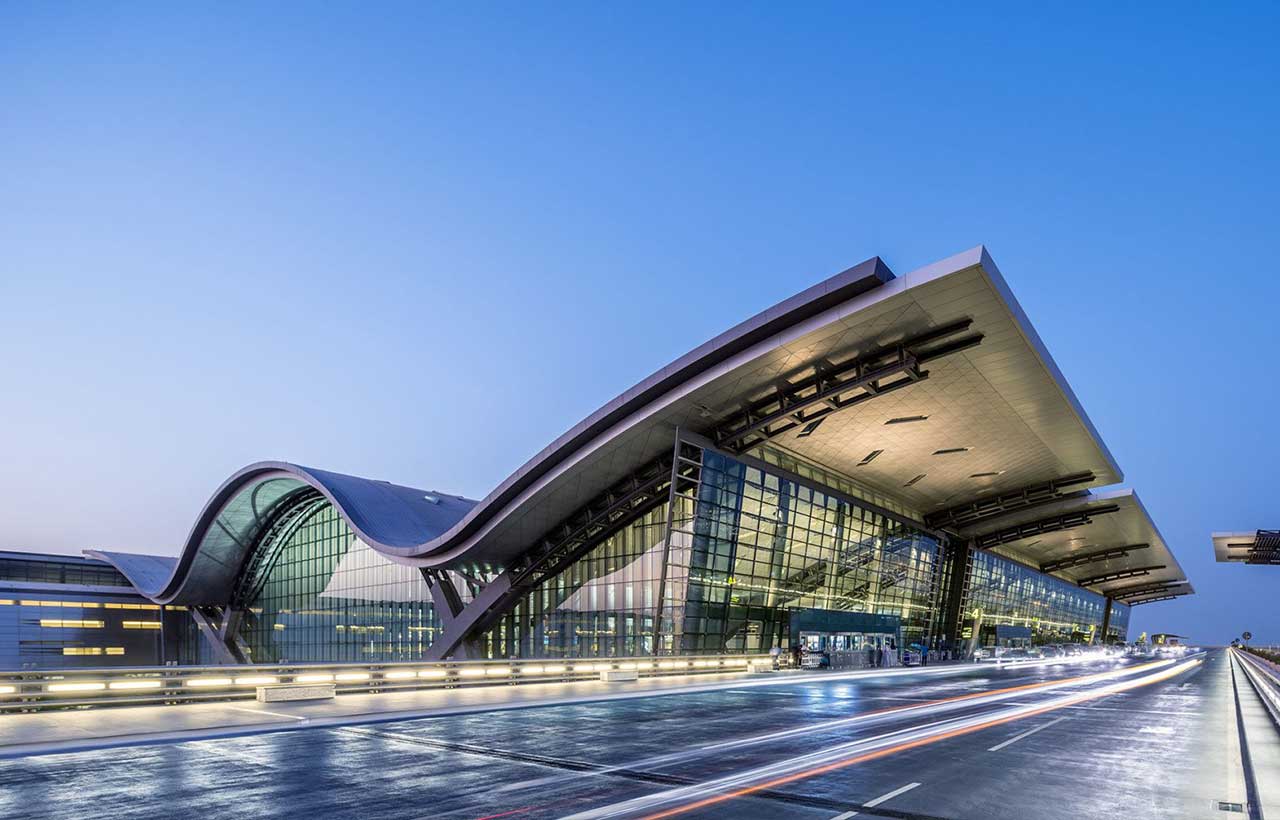
Passenger Experience
The newly designed terminals are made through proper planning with smarter, safer, greener and secured design concepts. The designs and plans have a deeper understanding of how the passenger would feel if they are in a particular zone. The building designs prioritize a lot on the passenger experience rather than just catering to the formalities and responsibilities.
Enhancing Comfort and Efficiency: Comfort and efficiency are considered priority when assessing the passenger experience. As people might have the chance to spend maximum hours in the airport due to long waiting hours or any mishap, the terminals ensure comfort by having designs that are dynamic and appealing. Also, the designs cater to the energy efficient ideas with cost saving notions that can make the space sustainable and compatible, making it secured for a diverse pool of passengers.
Navigating Through Modern Terminals: The modern terminals are now smart! They have efficient services that can provide travel experiences that are unique to every person. The solutions available at the airport must be accessible in such a way that it’s explored thoroughly, providing the benefit of Internet of Things, AI and other advanced technologies. The passengers can have the free will to do anything they want in the airport- shop, eat, roam, read or even sleep!
Sustainability in Design
As the aviation industry is moving more towards the conservation of environmental footprint, sustainable designs in the terminals are becoming more and more important. Using eco-friendly materials for the designs that reduce carbon emissions many of the terminal designs are now aesthetically designed with local materials which is making a big difference in sustainability and green design.
Eco-Friendly Building Practices: Eco-friendly building practices can be achieved by using building materials which are environmentally conscious. These make a big difference in the overall design of the terminals which promises reduced carbon emissions and they are absolutely renewable.
Energy-Efficient Terminal Solutions: Terminals can be made energy efficient by having proper ventilation in the spaces and using less air conditioning. This can be done by using skylights, passive cooling techniques etc which can create good air flow.
Water conservation in the airport building construction & design can also make a difference. Rainwater harvesting systems can be easily implemented which can make the terminal designs much more energy efficient. This can be used for irrigation and toilet flushing purposes as well.
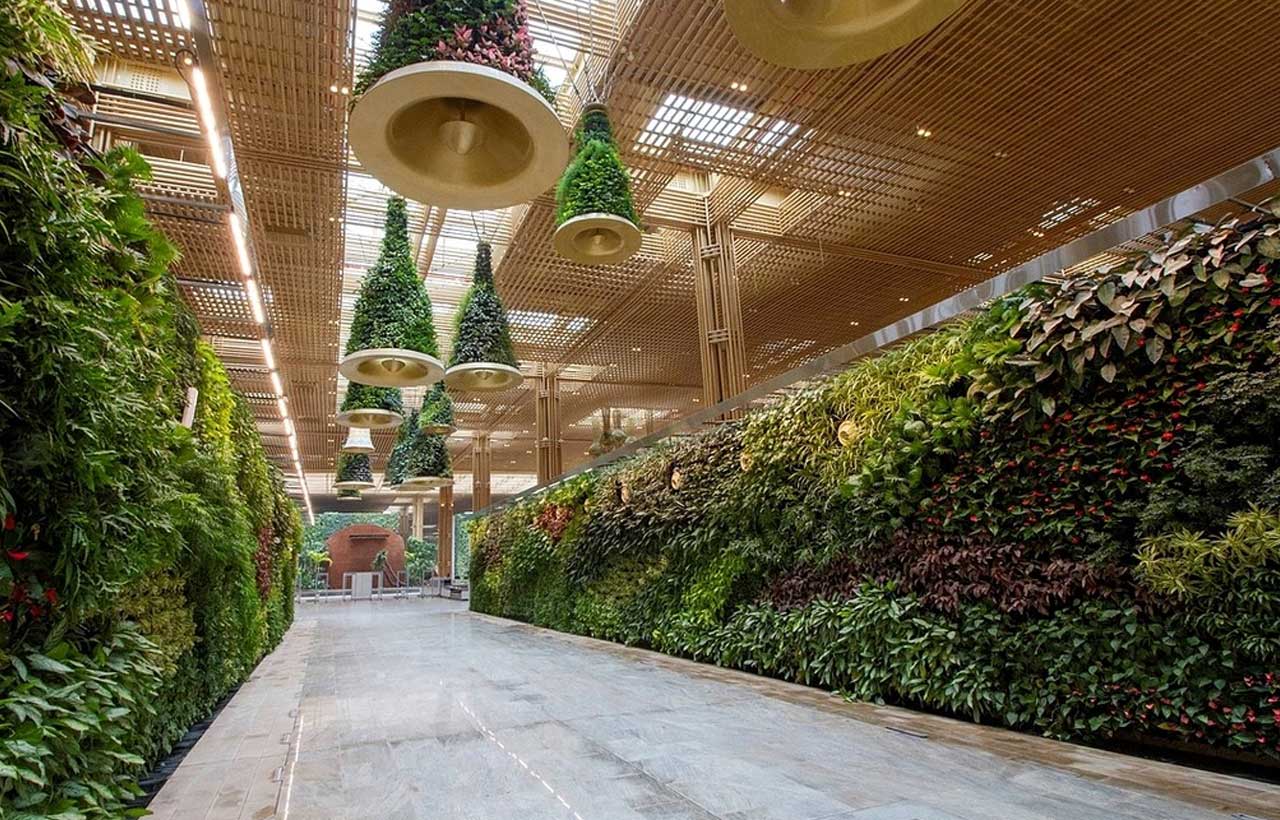
Technology Integration
The terminals all over the globe are now backed by new technologies which are making them unique and passenger friendly. With automated operations, integrated information and advanced communications- better monitoring has been possible. With the integration of technology, productivity of terminals has increased rapidly.
Smart Terminals and Digital Transformation: Smart Terminals use intelligent processes for controlling, managing and operating their work. The sensors and devices are used to configure the systems of that area. This has enabled improved performance, sustainability and security in the aviation segments.
Digital transformation with the help of cutting edge technology has given a 360º turn to the terminal designs. Digitalisation of infrastructures has enhanced connectivity and management. Tis has optimized time and cyber security services as well. Moreover, the passenger flow has also improved baggage collection, check in and check out flow and fast movement in the terminals.
Impact of AI and IoT on Passenger Services: The introduction of Artificial Intelligence AI and IoT on passenger services in terminals has made it seamless, smart and manageable. IoT, in design principles, used to make many processes easier and simpler like baggage, security check and operations. They are enabled in cameras as well which helps in facial recognition etc. AI has made the processes very easy. For example, voice enabled sensors and code leaders etc. have contributed to pleasing experiences at the terminals. Moreover for the in-house aviation workers, modern technology of IoT and AI has helped them to achieve operational efficiencies, enhanced quality and easy communication.
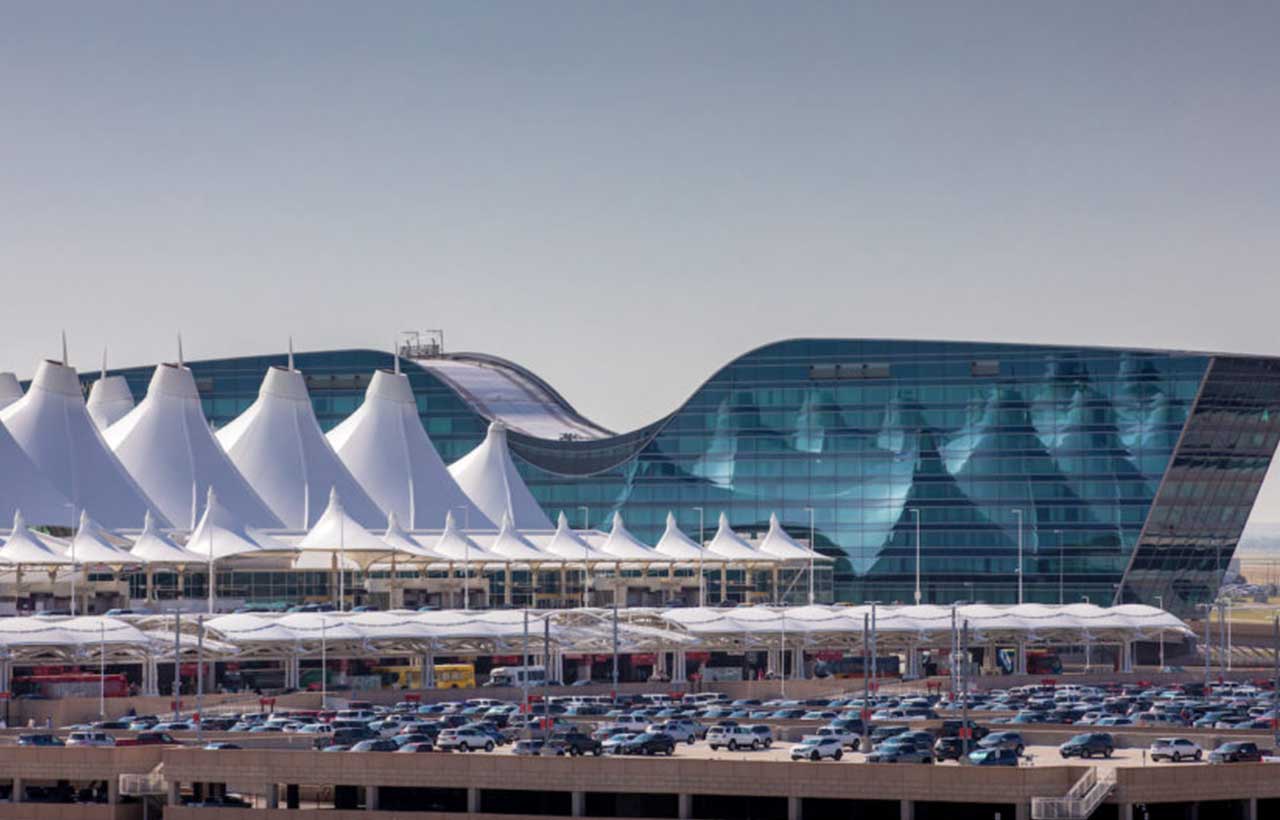
Safety and Security Measures
Terminal architectural designs should ensure safety and security. Authorized personnel should be made accessible to the terminals. Real-time monitoring systems should be well driven so as to detect any mishaps or abnormalities. AI and IoT should be properly integrated so that it makes the terminal safe and secured.
Advanced Security Protocols: The terminal designs of the airports have seen a paradigm shift. For advanced security, terminals now have biometric authentication which allows the recognition of the human traits. Advanced X-rays can examine the baggage thoroughly, detecting any items which are against the airport by-laws. Use of AI can assess the flight delays, security branches and risks involved. Drones and other surveillance systems can check on the unusual patterns in the terminals which is of utmost importance.
Emergency Preparedness and Response: There are emergency plans in almost all the terminals around the world. This can take place anytime and can be manmade or natural. There are crisis management systems which should be evaluated and a proper response plan should be initiated for all the foreseeable circumstances.
Case Studies
Terminal designs have evolved over the ages. People are now traveling everywhere and these terminals have considerably developed a lot over a period of time. Ground-breaking terminals with cutting edge technologies have been designed which have become phenomenal case studies. Some of them have been discussed below.
Successful Terminal Projects: Amongst the many successful terminal projects, The Changi Airport located in Singapore is next to paradise. This was completed in the year 2019. The T-3 connector is designed as the community-centric zone and the jewel represents the ‘City in the Garden’.
The Hamad International Airport Passenger Terminal Complex, Qatar is a terminal worth admiring! This contemporary terminal has an organic curved structure which looks like waves. The structure is designed with the steel- frames of glass with an unobstructed ceiling roof. The materials used have sustainable character.
Another one not to be missed is The Denver International Airport in Colorado, USA. This is the second largest terminal in the United States of America. Designed by Fentress, this environmentally sustainable airport is a bliss. The structure has a Teflon-coated fiberglass roofing that allows about 10% visible light passage in the day, reflecting maximum solar radiation through advanced construction technology.
Lessons from Industry Leaders: Terminal designs involve a lot of contributions by the top notch industry leaders of the field. There can be major takeaways from the designers like Zaha Hadid, Fentress, SOM and many more. One of the most important lessons is to consider energy efficiency in almost all the segments. By accepting cutting edge technology in designs can improve operations and communication. Most of the best airports designed have a balance of commercial requirements and passenger driven interests. This gives personalized experience to the passengers, offering satisfaction and loyalty.
Future Trends
Terminals have unlocked the world of new possibilities for future trends as well. The journeys have become seamless with personalized traveling experiences. These terminal designs are shaping the future of air travel in a positive manner, encouraging the people to travel more often. With the integration of technological advancements, the trends will keep on changing. From the aesthetic point of view as well, the designs will become much more compatible with nature and ethically sustainable. Sustainable architecture will be in vogue.
Predicting the Next Wave of Innovations: The concept of terminals will definitely increase in the coming years. Most of the terminals will be segregated- for leisure, commercial and military purposes. The terminal designs will focus on net zero ideologies with maximum energy efficiency. These terminals will be fostering the economic growth of the country as well.
The Role of AI and Automation: Advancements in AI and automation is and will be the future. The travelers are progressively heading towards digitalization which has been possible only because of IoT, AI and automation. For operational activities as well, the terminals will embrace digitalization for baggage and passenger operations. Technology and architecture like these will also help the global connectors to reduce congestions and propagate seamless traveling.

Frequently Asked Questions (FAQ’s)
What are the key features of a modern terminal building?
Some key features of the modern terminal building include AI integration, usage of sustainable materials, energy efficiency, better connectivity and accessibility.
How do terminal buildings incorporate sustainability?
Sustainability can be achieved through the use of eco-friendly building materials like bamboo, rattan wood, wicker etc and which are locally sourced. This can also be attained by following methods like significant HVAC, rainwater conservation etc.
What technological advancements are shaping the future of terminal buildings?
AI integration, biometric recognition, advanced baggage check, face recognition, interactive technology for personalized experiences for passengers, sensor lighting and smart door operations, self check in services etc. are some of the technological advancements which are shaping the future of terminal buildings.



